Interview with Inspiring Best Selling Author & Parent Kate Swenson about finding her son Cooper’s Voice
Discover the powerful memoir “Forever Boy” by Kate Swenson today!
Kate Swenson’s popular blog “Finding Cooper’s Voice” has provided hundreds of thousands of parents of children with Autism hope and comfort. Kate has now written a powerful memoir “Forever Boy”, to continue sharing her inspiring story about motherhood and unconditional love.
My Top takeaways from reading the book:
✅ Take help (I think this is for everyone – teachers too)
✅ Find what works for you
✅ Always try one more thing
✅ Celebrate everything
✅ The goal should always be independence
✅ Focus on what can do not what can’t do
✅ Push ever so gently
✅ Choose your battles
✅ No one knows what the future holds for our kids
✅ Choose Joy
Discover the powerful memoir “Forever Boy” today!
HIghly Recommend Reading “Forever Boy” by Kate Swenson

Looking for a Book to support and develop communication? Check out Practical Communication Programmes.
Practical Communication Programmes
| by Jo Adkins & Sue Larkey | Communication is the biggest area of skill deficits in nearly all children on the autism spectrum – whether it is little to no verbalisation, social skills or simply understanding spoken language. This book offers hundreds of ideas and strategies to improve communication skills – including picture exchange, teaching literacy skills, and emotions. It includes activities and resources you can photocopy.
$44.95
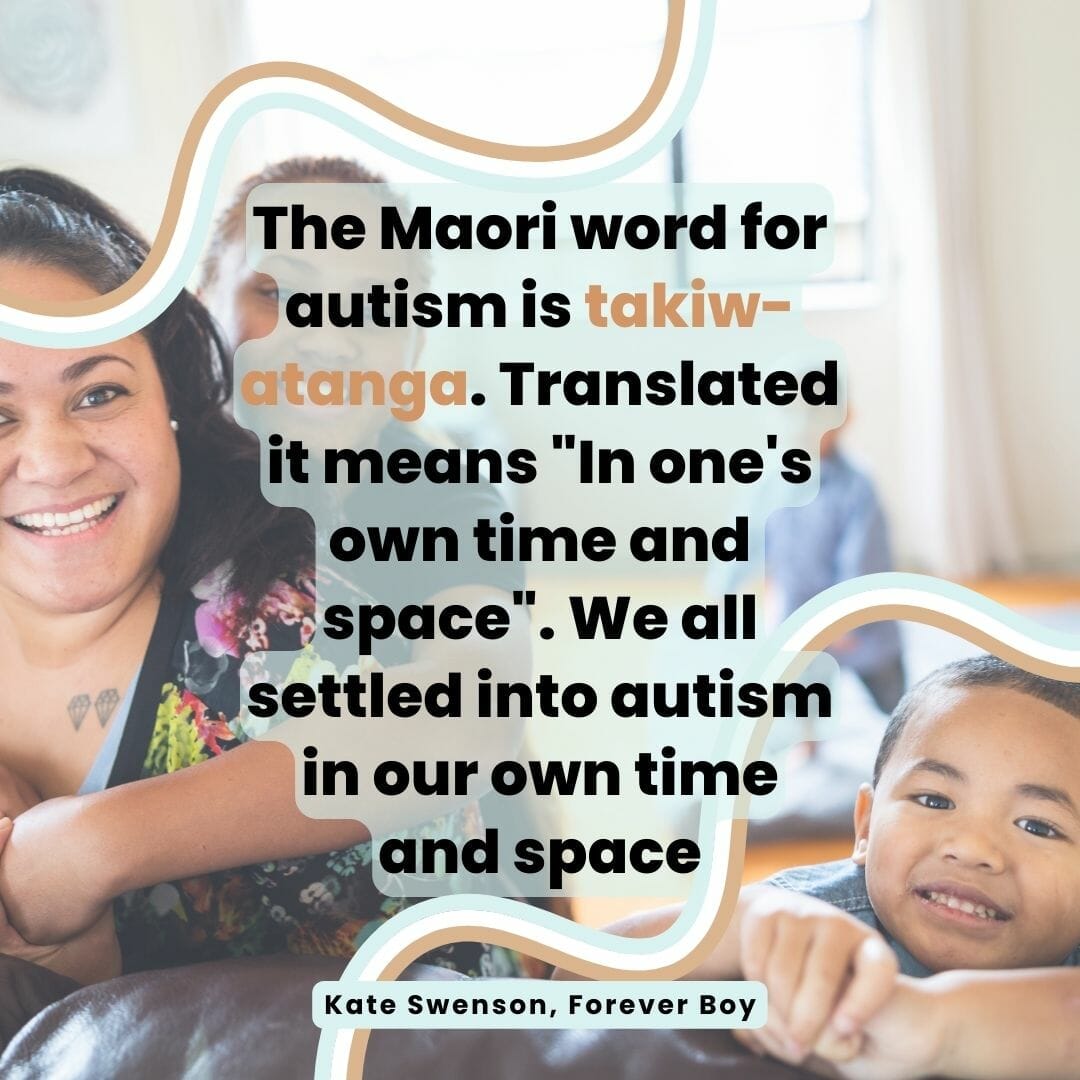

USING COMMUNICATION TEMPTATIONS
TO MOTIVATE TO COMMUNICATE
Many children with ASD do not feel the need or motivated to communicate as everyone in their environment thinks for them, gives them what they want or even anticipates their needs. When you create a communication programme it is VITAL you create as many opportunities as possible for the child to communicate.
Start with activities that are particularly desirable or intriguing for your child are more likely to ‘tempt’ them or provide them with sufficient motivation to communicate with another person. Encourage verbal children to use their words or extend their word i.e. “Drink” to “I want drink” and non-verbal children to use visuals/signs/gesture to communicate.
Check out my previous podcasts on Communication:
- Episode 103: Step by Step Strategies to Grow and Support Communication using Augmentative & Alternative Communication (AAC)
- Episode 82: Why Kids on the Spectrum are More Likely to be Perfectionists & What You can do to Support them
12 Ideas to Provide Opportunities to Communicate

* Remember if the child is nonverbal they will need a visual to ask for help. You need to make sure their communication method is always avliable. Make sure you make spare visuals, so if they get lost always have a back up available.
Rewards are an important element of communication for children with ASD. So always remember to make activities fun, fast and rewarding.
10 Key Rules to a Successful Communication Programme
- Ensure consistency between environments.
- Be eclectic; try lots of different ideas and strategies.
- Remember not every strategy works for everyone.
- Never assume incompetence.
- Always model good communication practices.
- Make communication functional.
- Make communication fun and enjoyable.
- Use rewards and motivators.
- Ensure the child has communication enriched environments.
- Be persistent and REPEAT, REPEAT, REPEAT.
Every strategy, no matter how bizarre, is worth a try and if at first you don’t succeed then try and try again. No one child with ASD is the same so not all strategies will work with every child – so think carefully of how to adapt a strategy to suit the particular individual.
Top Communication Resources for Supporting Children
Developing Social Skills to Support Neurodiverse Children
(AS, PDA, ODD, ADHD, etc)
✅ What, How & When to teach Social Skills
✅ Myths & Misunderstanding
✅ How to Make and Keep Friends
✅ Impact of Executive functioning
✅ 4 Steps to Create Social Skills Program
✅ Lived Experience of Social Learning
✅ Creating Inclusive Playground
AVAILABLE and ON SALE Now
 3 Hours
3 Hours
 Certificate
Certificate
$149
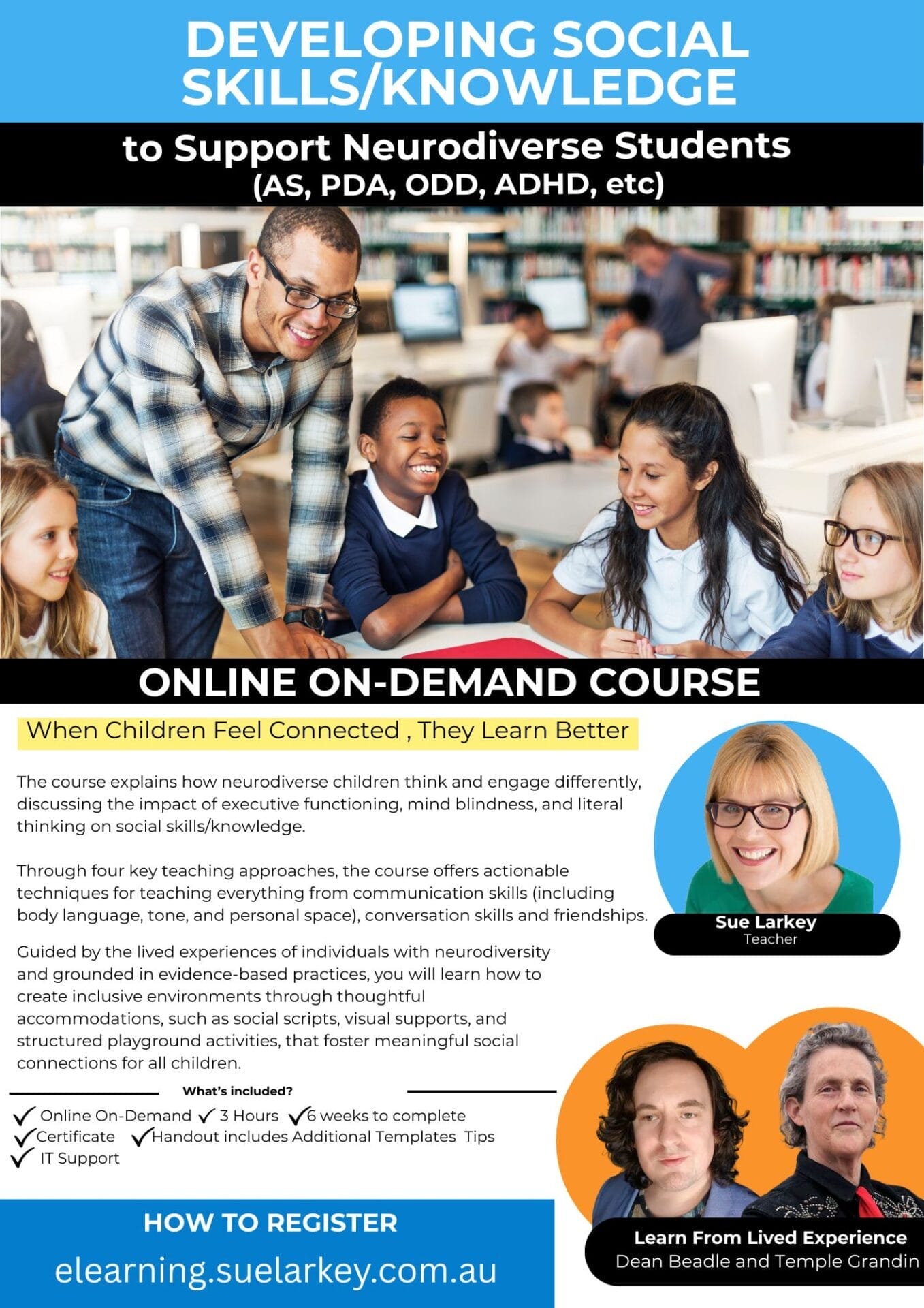

Join me on Instagram!
I am always sharing stories and new content
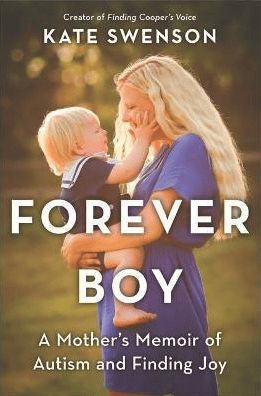
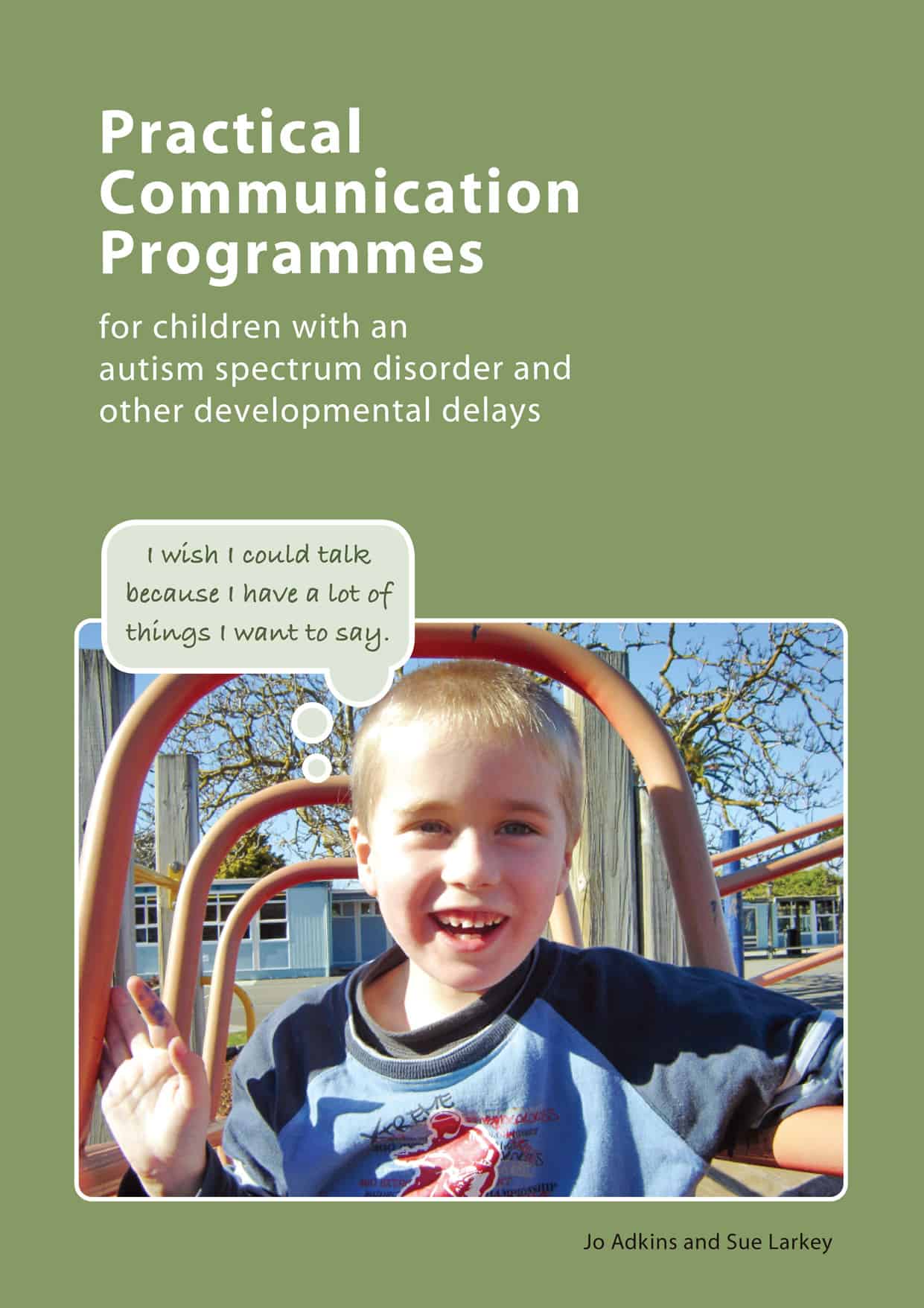
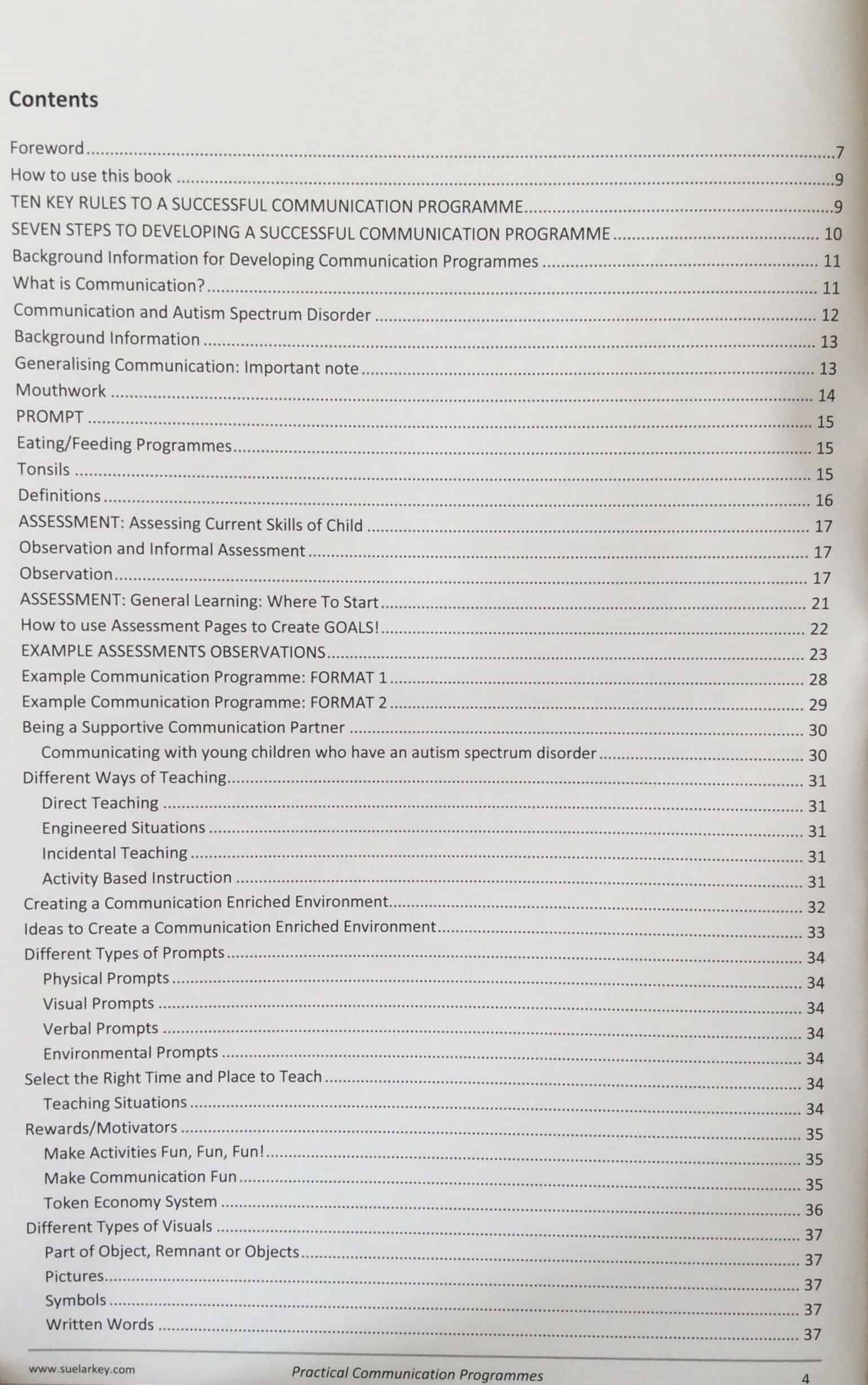


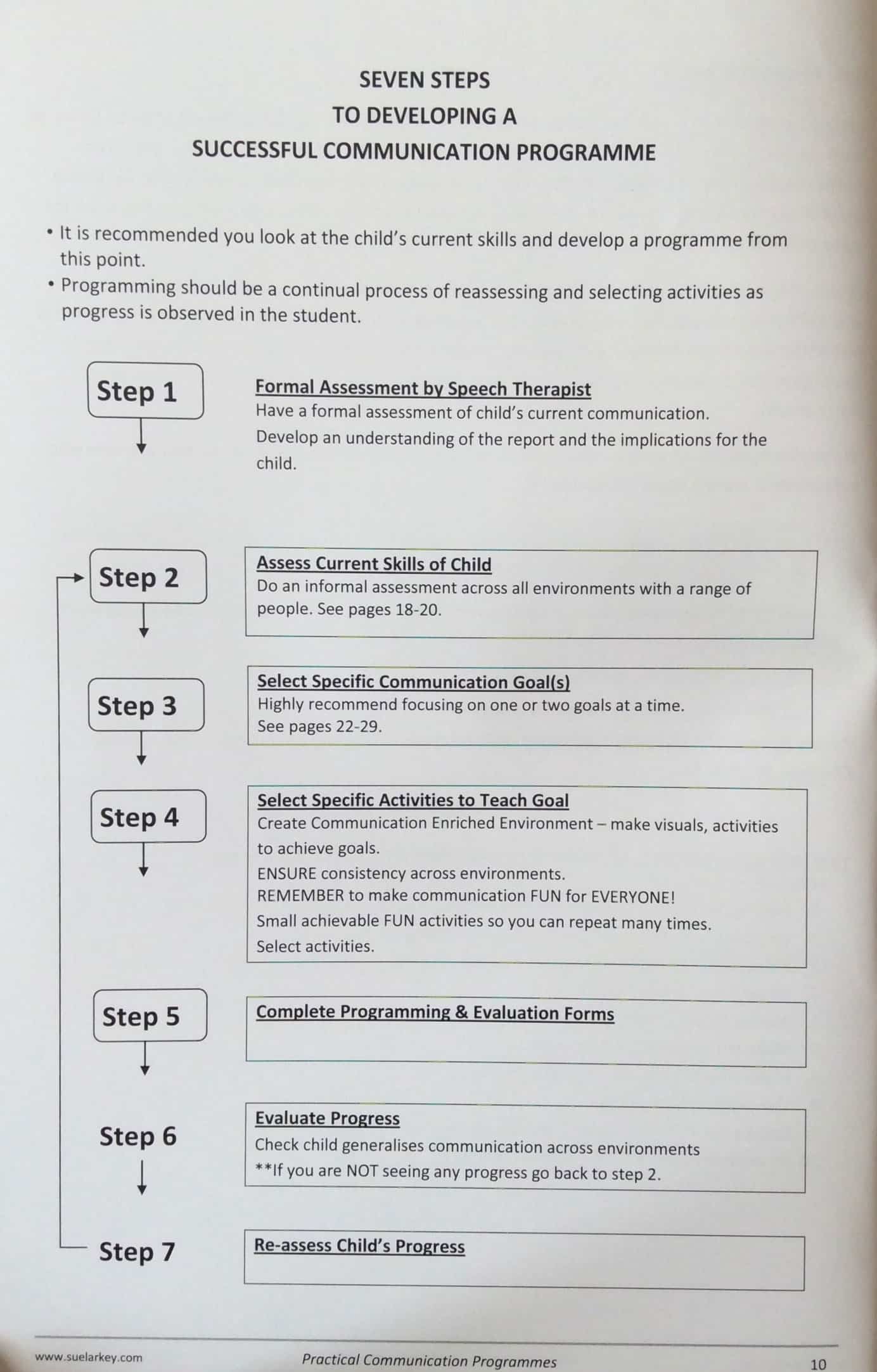
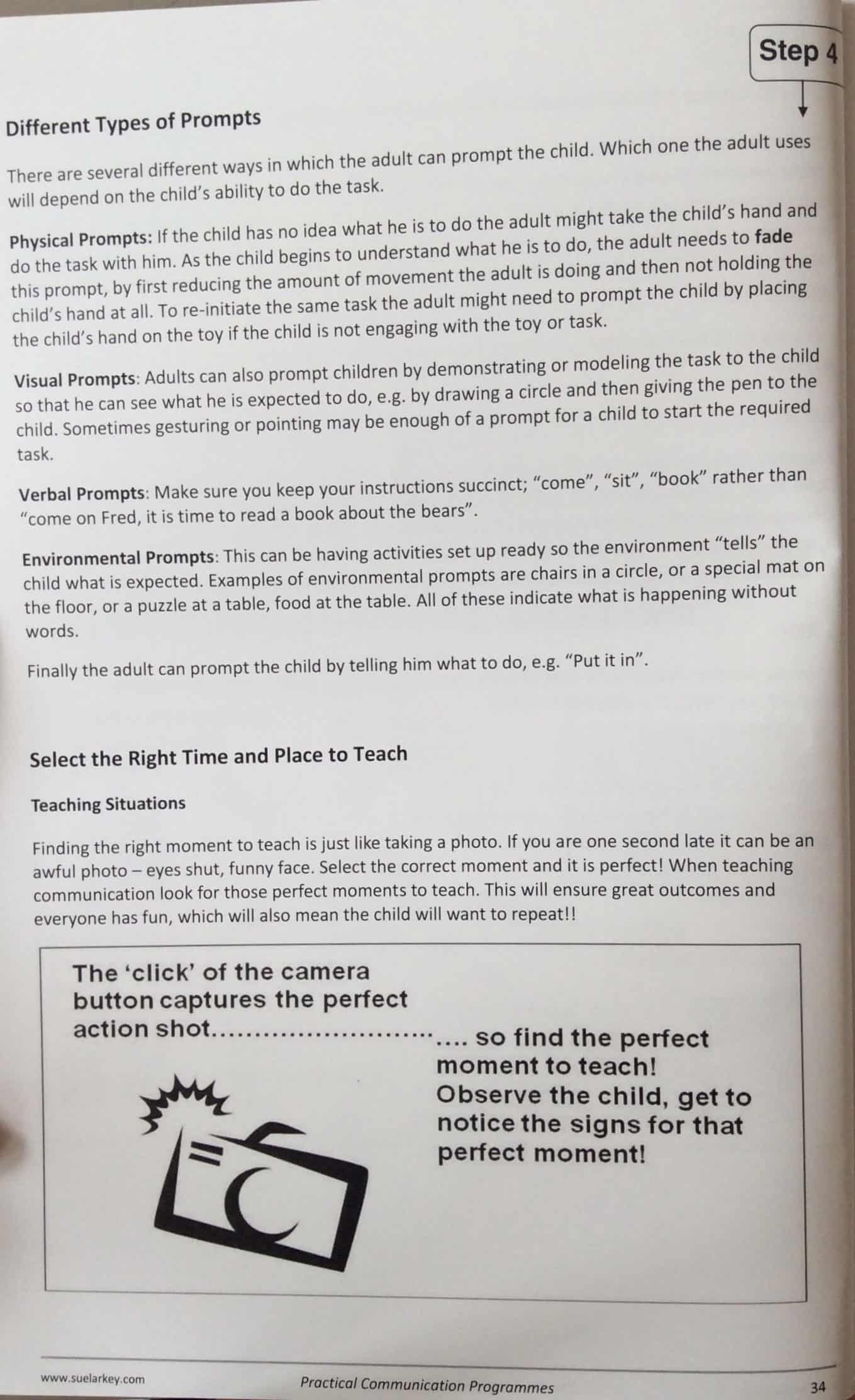
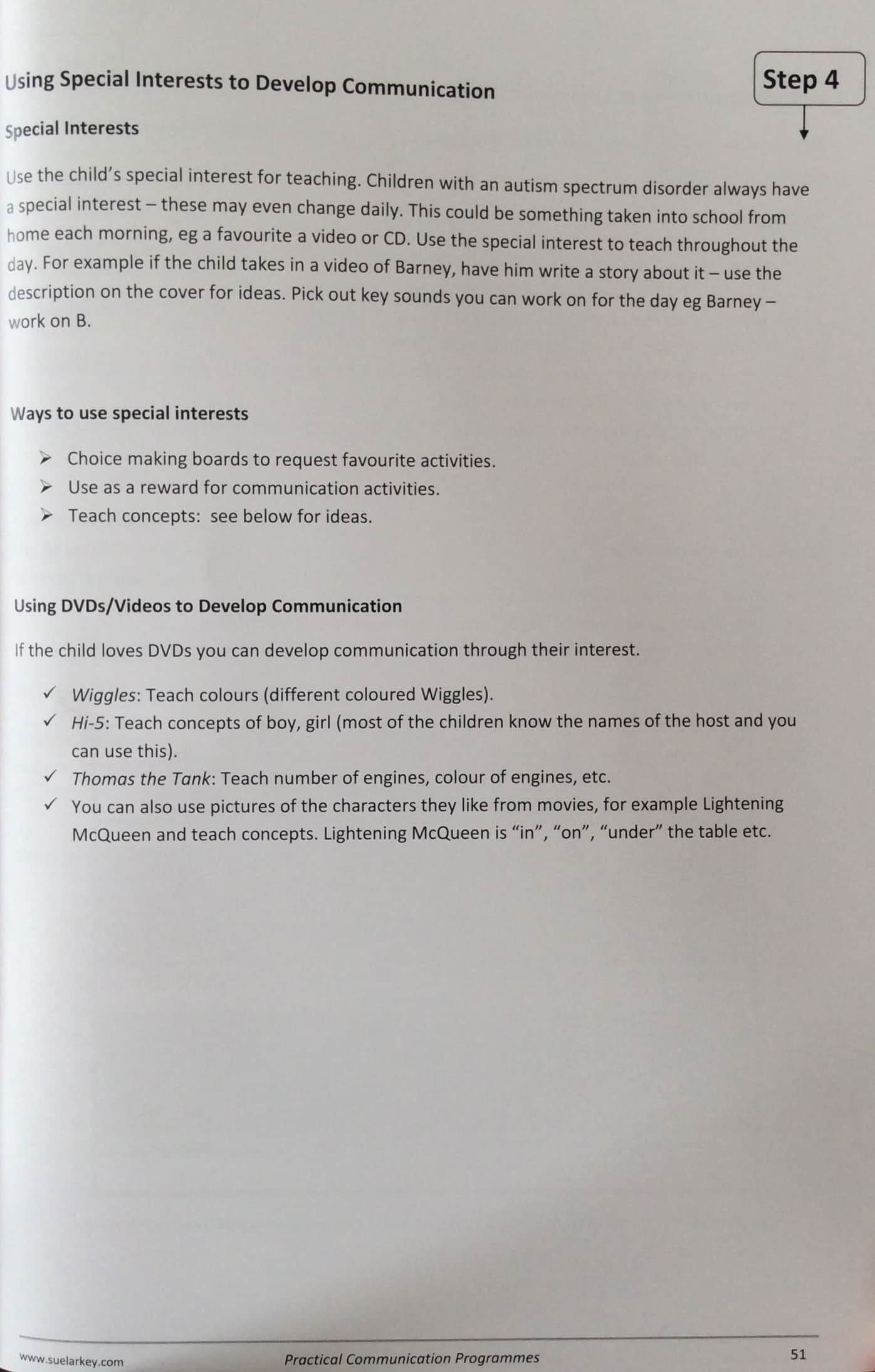
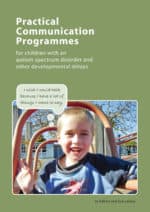

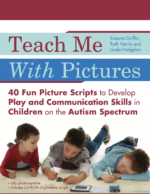


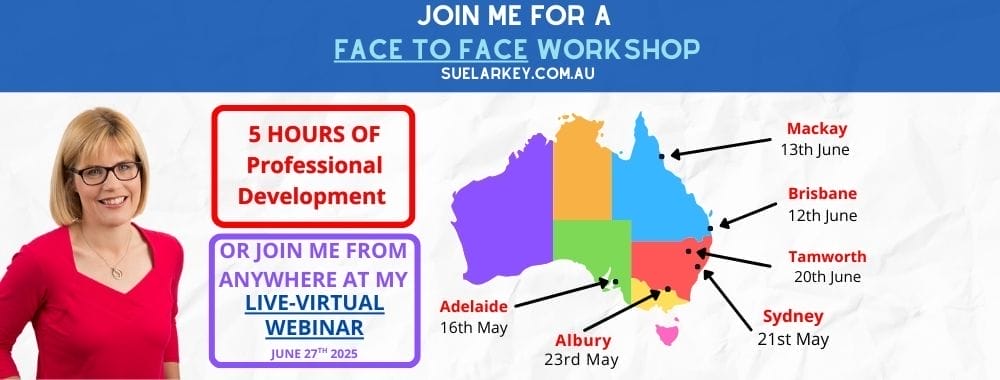


 Sorry we no longer ship items outside Australia. Please consider the digital versions of Sue’s Books –
Sorry we no longer ship items outside Australia. Please consider the digital versions of Sue’s Books – 